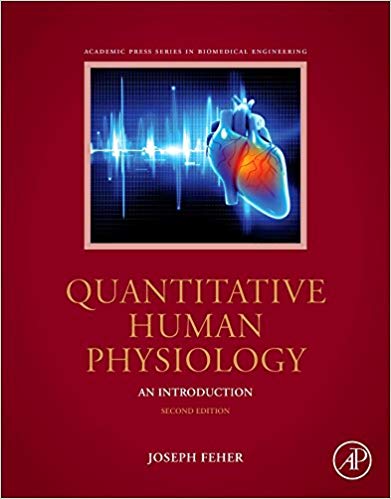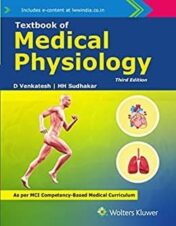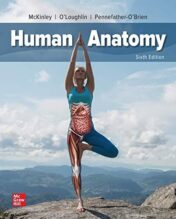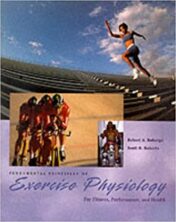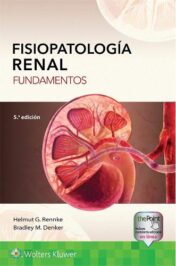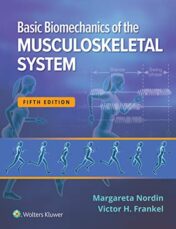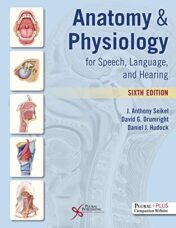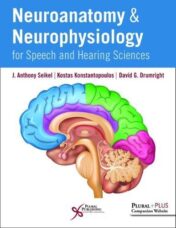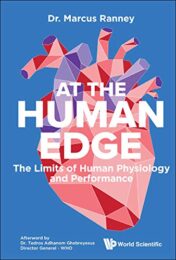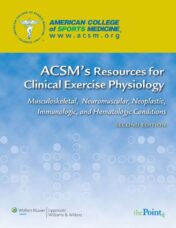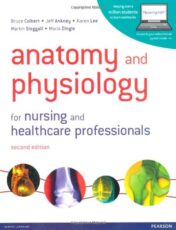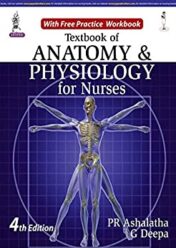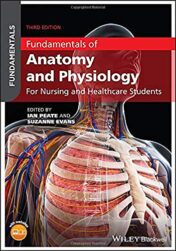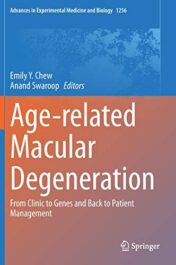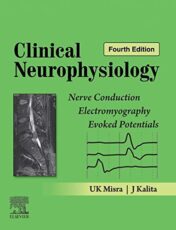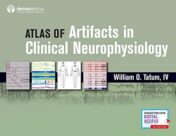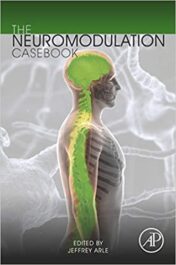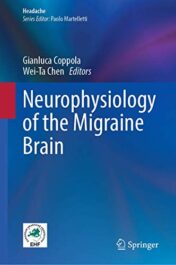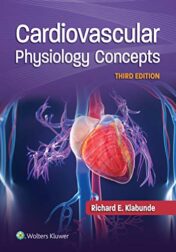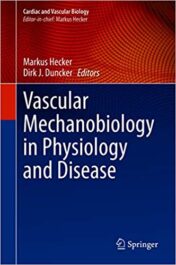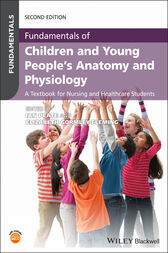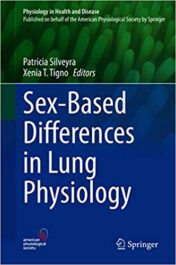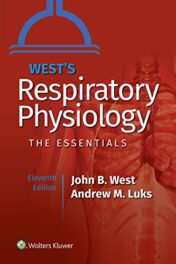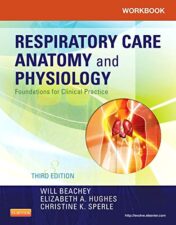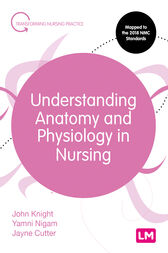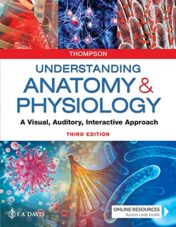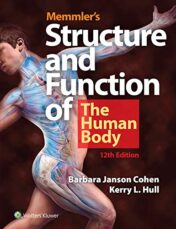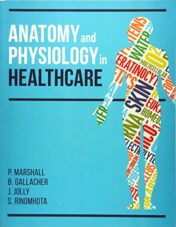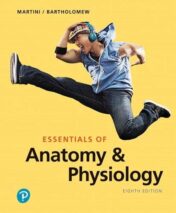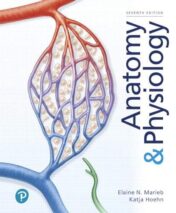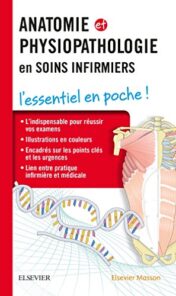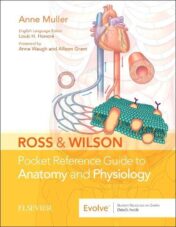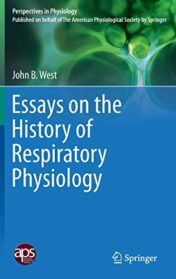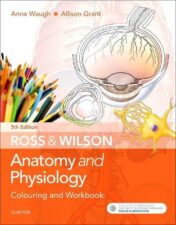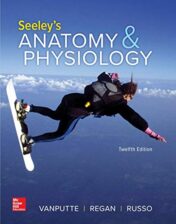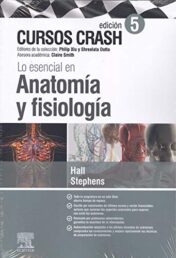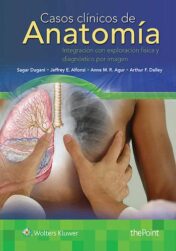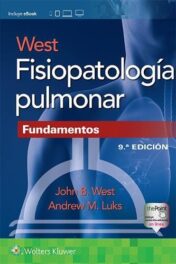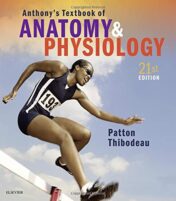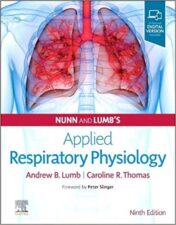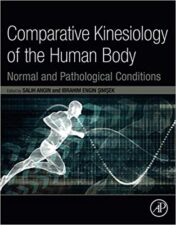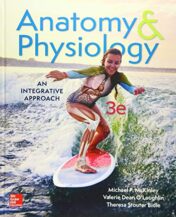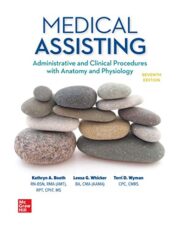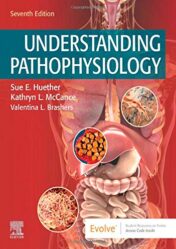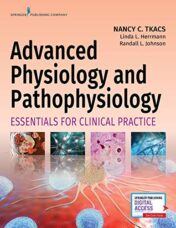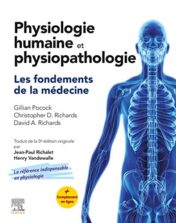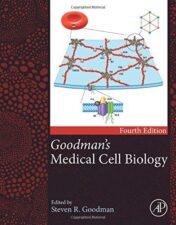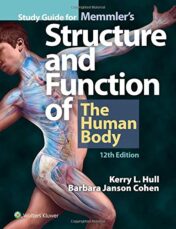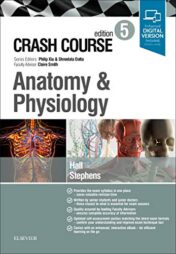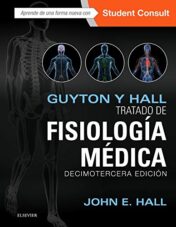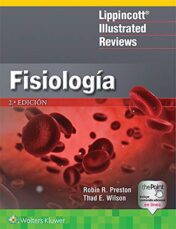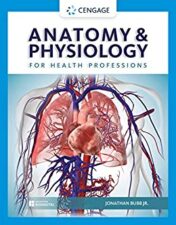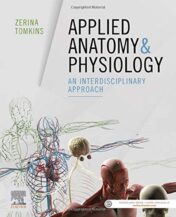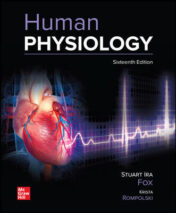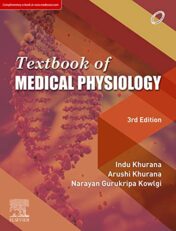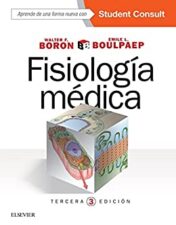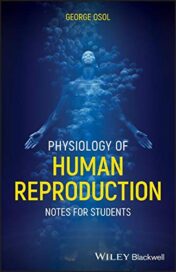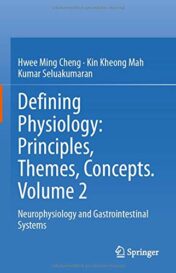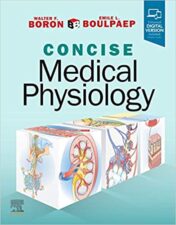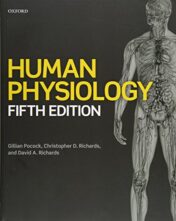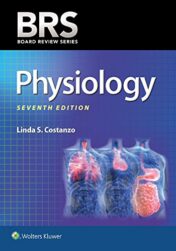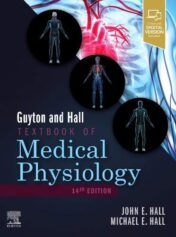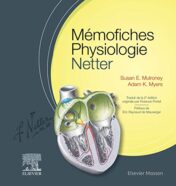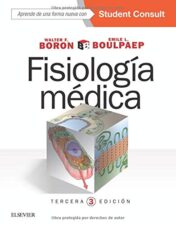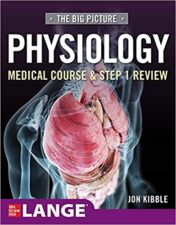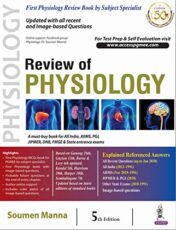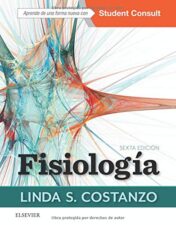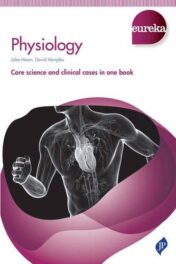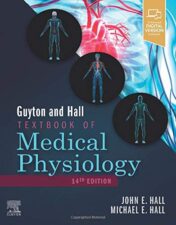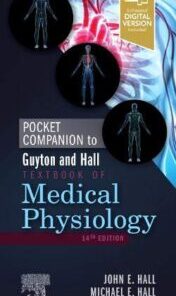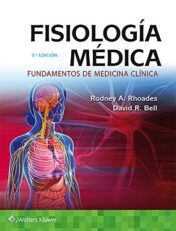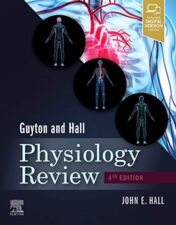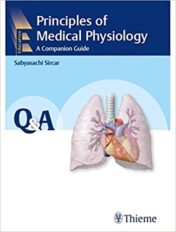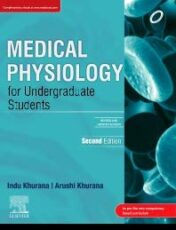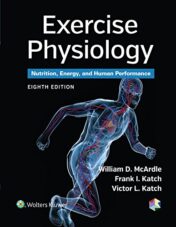- Series: Biomedical Engineering
- Hardcover: 1008 pages
- Publisher: Academic Press; 2 edition (December 30, 2016)
- Language: English
- Format: PDF Original
- ==========================+======================
-
Note : We will send ebook download link after confirmation of payment via paypal success
Payment methods: Visa or master card (Paypal)
Quantitative Human Physiology: An Introduction (Biomedical Engineering) 2nd Edition
$10
by Joseph J Feher Ph.D. Cornell University (Author)
- Winner of a 2018 Textbook Excellence Award (College) (Texty) from the Textbook and Academic Authors Association
- Features a quantitative approach that includes physical and chemical principles
- Provides a more integrated approach from first principles, integrating anatomy, molecular biology, biochemistry and physiology
- Includes clinical applications relevant to the biomedical engineering student (TENS, cochlear implants, blood substitutes, etc.)
- Integrates labs and problem sets to provide opportunities for practice and assessment throughout the course
- Expansion of many sections to include relevant information
- Addition of many new figures and re-drawing of other figures to update our understanding and clarify difficult areas
- Substantial updating of the text to reflect newer research results Addition of several new appendices including statistics, nomenclature of transport carriers, and structural biology of important items such as the neuromuscular junction and calcium release unit
- Addition of new problems within the problem sets
- Addition of commentary to power point presentations
- Winner of a 2018 Textbook Excellence Award (Texty) from the Textbook and Academic Authors Association
Quantitative Human Physiology: An Introduction (Biomedical Engineering) 2nd Edition
by Joseph J Feher Ph.D. Cornell University (Author)
Quantitative Human Physiology: An Introduction, winner of a 2018 Textbook Excellence Award (Texty), is the first text to meet the needs of the undergraduate bioengineering student who is being exposed to physiology for the first time, but requires a more analytical/quantitative approach. This book explores how component behavior produces system behavior in physiological systems. Through text explanation, figures, and equations, it provides the engineering student with a basic understanding of physiological principles with an emphasis on quantitative aspects.
NEW FOR THE SECOND EDITION
Product details
Related Products
Physiology Books
Physiology Books
Textbook of Medical Physiology, 3rd edition Original PDF 2020
Physiology Books
Physiology Books
Physiology Books
Physiology and Nutrition for Amateur Wrestling (Original PDF)
Physiology Books
Physiology Books
Physiology Books
Physiology Books
Sports Physiology – Medical School Crash Course (Original PDF)
Physiology Books
Physiology Books
Atlas of Artifacts in Clinical Neurophysiology (Original PDF)
Physiology Books
Physiology Books
Physiology Books
Physiology Books
Physiology Books
Vascular Mechanobiology in Physiology and Disease (Original PDF)
Physiology Books
The Collagen Superfamily and Collagenopathies (Original PDF)
Physiology Books
Physiology Books
West’s Respiratory Physiology, 11ed (ePub+azw3+Converted PDF)
Physiology Books
Understanding Anatomy and Physiology in Nursing (Original PDF)
Physiology Books
Physiology Books
Essentials of Anatomy & Physiology (8th Edition) Original PDF
Physiology Books
Anatomy & Physiology (Elaine Marieb) (7th Edition) Original PDF
Physiology Books
Anatomie Et Physiopathologie En Soins Infirmiers (French Edition)
Physiology Books
Ross & Wilson Pocket Reference Guide to Anatomy and Physiology
Physiology Books
Physiology Books
Physiology Books
Physiology Books
Crash Course Anatomy and Physiology, 5th Edition (ORIGINAL PDF)
Physiology Books
Physiology Books
Guyton & Hall Tratado De Fisiologia Medica 14⪠Ed (Original PDF)
Physiology Books
Physiology Books
Physiology Books
Physiology Books
Fisiología médica (Boron), 3e (Spanish Edition) (Original PDF)
Physiology Books
Physiology Books
Physiology of Human Reproduction: Notes for Students (Original PDF)
Physiology Books
Physiology Books
Human Physiology, 5th Edition – Gillian Pocock (ORIGINAL PDF)
Physiology Books
BRS Physiology (Board Review Series), 7th Edition (High Quality PDF)
Physiology Books
Physiology Books
Physiology Books

